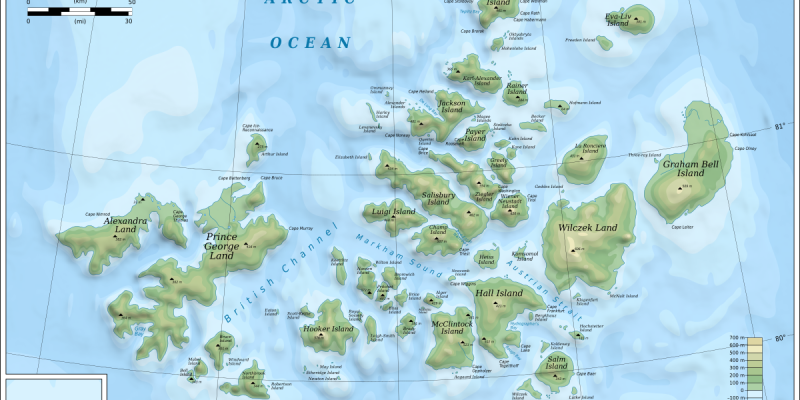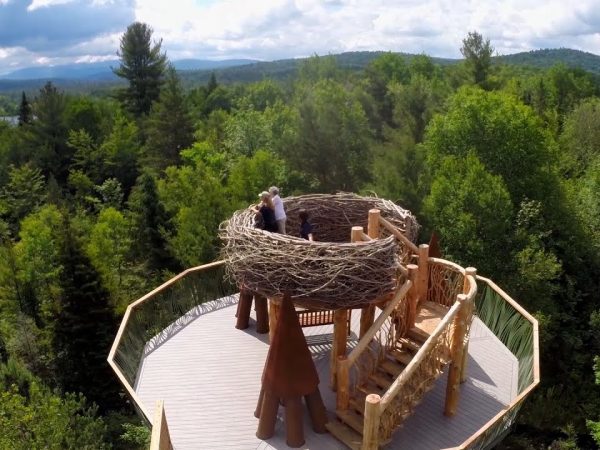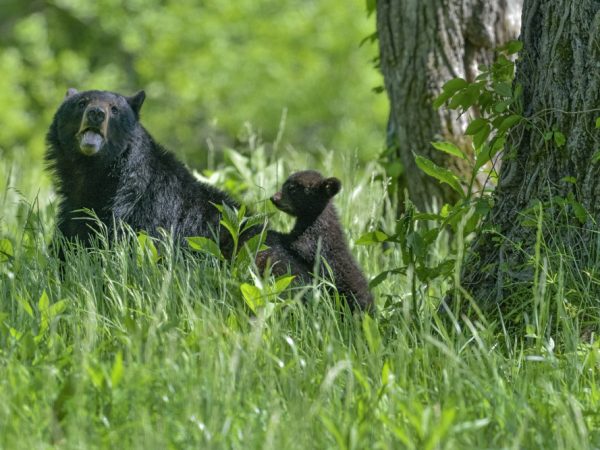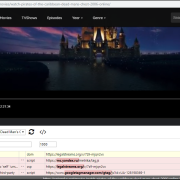Franz Josef Land Archipelago: 10 Astonishing Facts About This Arctic Wonderland

The Franz Josef Land Archipelago is a remote and awe-inspiring location nestled in the Russian Arctic. Often regarded as one of the last true wildernesses on Earth, this cluster of islands is a land of extremes—uninhabited, untouched, and home to some of the most dramatic landscapes in the world. A journey to Franz Josef Land is one few have the privilege to undertake, but those who do are rewarded with a glimpse of an unparalleled, raw natural beauty. From its historical significance to its unique wildlife and ice-covered vistas, Franz Josef Land Archipelago offers a once-in-a-lifetime experience. Here are 10 astonishing facts about this Arctic wonderland that highlight its fascinating allure.
A Remote Arctic Oasis
The Franz Josef Land Archipelago is located approximately 900 kilometers north of the Russian mainland, making it one of the most remote locations on Earth. Comprising over 190 islands, it is a haven for those looking for untouched Arctic beauty. The archipelago sits between the Barents Sea and the Kara Sea, surrounded by nothing but ice and water, with the closest human settlements located on the mainland far to the south. Only a few expeditions have managed to reach the archipelago, making it a mystery for many.
A Legacy of Exploration
The Franz Josef Land Archipelago was first discovered in 1873 by the Austro-Hungarian North Pole expedition led by Julius von Payer and Karl Weyprecht. Since then, it has been the site of numerous polar expeditions, many of which were trying to reach the elusive North Pole. The harsh conditions of the region have made exploration a formidable challenge, but those who ventured into its icy wilderness have left behind a fascinating legacy. Today, remnants of these historical expeditions still remain on the islands.
An Uninhabited Wilderness
Despite its fascinating history, the Franz Josef Land Archipelago remains uninhabited to this day. The extreme Arctic conditions—severe cold, icy seas, and isolation—make it an inhospitable place for human settlement. The closest permanent settlements are on the Russian mainland, and the archipelago is largely unvisited by people except for scientific expeditions and select tourists. This absence of human habitation has allowed the natural environment to remain virtually unchanged for centuries.
Home to Unique Wildlife
The Franz Josef Land Archipelago is home to a surprising array of wildlife, much of which is specially adapted to survive in the Arctic. The archipelago’s rocky terrain and ice floes serve as ideal habitats for a variety of seabirds, including puffins and guillemots. It is also home to one of the most iconic Arctic animals—polar bears. These majestic creatures can often be spotted roaming the islands in search of food. In addition to polar bears, seals, Arctic foxes, and walruses are also found in the region, making it a haven for Arctic wildlife enthusiasts.
Glaciers and Ice Caps Cover the Islands
The landscape of the Franz Josef Land Archipelago is dominated by glaciers, ice caps, and perpetual snow. Over 80% of the archipelago is covered in ice, which gives the islands their haunting beauty. The glaciers are slowly retreating, which has raised concerns among scientists about the effects of climate change on this pristine region. Nevertheless, these vast sheets of ice are one of the most defining features of the Franz Josef Land Archipelago, adding to its allure and sense of timelessness.
A Climate of Extremes
The climate of the Franz Josef Land Archipelago is extremely harsh, with freezing temperatures prevailing throughout most of the year. Summer temperatures can rise to just above freezing, but in winter, temperatures regularly drop below -30°C (-22°F). Due to its location within the Arctic Circle, the islands experience polar day in the summer, when the sun never sets, and polar night in the winter, when the sun never rises. This unique climate contributes to the desolate and otherworldly nature of the archipelago, making it one of the most extreme environments on the planet.
An Important Scientific Hub
Though largely uninhabited, the Franz Josef Land Archipelago plays a critical role in scientific research. Researchers from around the world travel to the islands to study the Arctic environment, its ecosystems, and the effects of climate change. The islands are a vital area for understanding how polar ecosystems are evolving in response to global warming. Several research stations have been established on the islands over the years, and the archipelago continues to be a hub for scientific expeditions.
Home to Historic Monuments
The Franz Josef Land Archipelago is also home to several historic monuments that highlight the region’s significance in polar exploration. The remains of early expeditions, such as the Austro-Hungarian and Russian expeditions, can still be found scattered across the islands. Among these is the famous weather station at Cape Flora, built by the English explorer, Benjamin Leigh Smith, in the late 19th century. The station played a pivotal role in early Arctic exploration, and its remains stand as a tribute to the courage and perseverance of the explorers who braved the harsh conditions of the Arctic.
A Natural Arctic Laboratory
Scientists regard the Franz Josef Land Archipelago as one of the last pristine environments on Earth, making it an invaluable natural laboratory. The unspoiled ecosystems, untouched wildlife, and glacial landscapes provide researchers with a rare opportunity to study life in its most raw and unaltered form. The archipelago’s importance as a natural research site cannot be overstated, as it offers insights into the effects of climate change and the resilience of life in extreme conditions.
A Rare Travel Destination
Due to its extreme location and harsh conditions, the Franz Josef Land Archipelago is a rare and exclusive travel destination. While it is not open to mass tourism, select expedition cruise companies offer guided tours to the archipelago. Travelers who embark on these expeditions can witness firsthand the beauty and isolation of the islands. However, due to the fragility of the environment, these tours are heavily regulated to minimize the impact of human activity on the pristine landscapes of Franz Josef Land.
Conclusion
The Franz Josef Land Archipelago is a captivating and awe-inspiring part of the world that offers a glimpse into the raw beauty of the Arctic. With its extreme conditions, historic significance, and unique wildlife, it remains one of the most extraordinary and mysterious regions on the planet. Whether you’re an explorer, a scientist, or simply someone with a deep appreciation for nature, Franz Josef Land offers an unforgettable experience in a world untouched by human hands.
FAQs
Q1.What is the best time to visit the islands in the Arctic?
The best time to visit is during the summer months (June to August) when the weather is milder, wildlife is active, and the region is more accessible.
Q2.Can I visit this Arctic region on my own?
Due to its remote location and harsh conditions, independent travel is not possible. Visitors must join guided expeditions or cruises that operate in the area.
Q3.What wildlife can I expect to see in this Arctic region?
Visitors can spot polar bears, seals, walruses, Arctic foxes, and a variety of seabirds like puffins and guillemots in their natural habitats.
Q4.How cold does it get in the region?
Winter temperatures can drop below -30°C (-22°F), while even summer temperatures tend to hover around or just above freezing.
Q5.Why is this region historically significant?
The islands were a key site for polar exploration, with many expeditions aiming to reach the North Pole. It also hosts several historic research stations and monuments.
Also read: Animals in the Arctic: 10 Incredible Creatures That Defy the Cold











